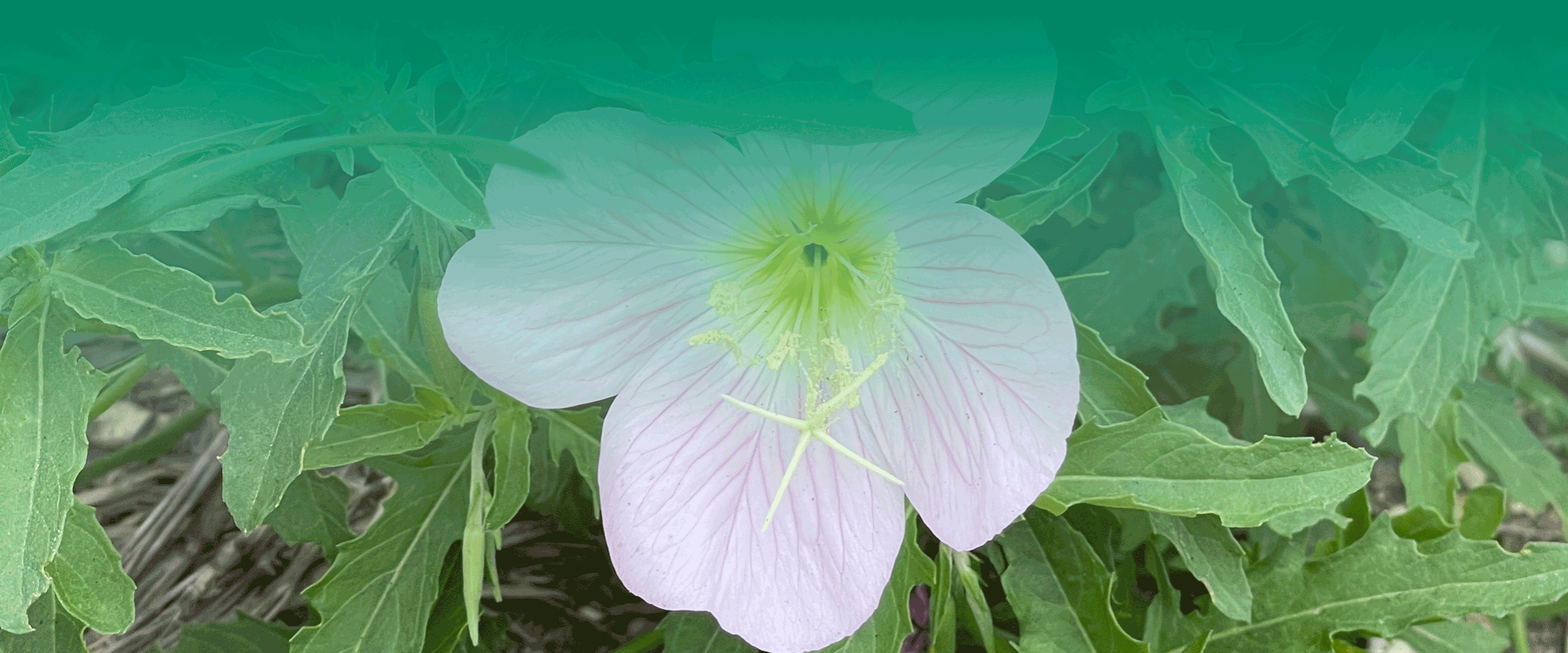What is Plant Scale Infestation?
Scale infestation on indoor plants is a type of pest problem that is caused by small insects known as scale insects. These insects are usually about the size of a pinhead and have a hard, protective shell that makes them difficult to control. Scale insects feed on the sap of the plant, causing damage to the plant and reducing its growth and overall health.


Scale insects can be found on the underside of leaves, stems, and branches and are often covered by a waxy or scaly material that helps to protect them from predators and environmental stress. The pests attach themselves to the plant and feed on its sap, causing yellowing, wilting, and stunted growth of the affected leaves and branches [4]. Over time, the infestation can lead to significant damage to the plant and even death if left untreated.

Scale infestations are often hard to detect at first because the pests are small and well-hidden. However, as the infestation progresses, the plant may start to show signs of distress, such as yellowing leaves or a sticky, sap-like substance on the leaves and branches.

Plant scale refers to a group of small, sap-sucking insects that infest a wide range of plants, including trees, shrubs, and ornamentals [1,2].
They are characterized by their small size, typically ranging from 1 to 5 millimeters, and are often found attached to plant stems and leaves [5]. Scale insects secrete a protective waxy coating over their bodies, which can appear as bumps or scales on the plant surface [6]. This covering serves as a shield against predators and environmental factors. Plant scale infestations can lead to weakened plants and, in severe cases, plant death if left untreated [2].
How to Control (and Eradicate) Infestation?
There are several methods for controlling and eradicating scale infestations on indoor plants. Here are some steps you can take. One of the most effective ways to control scale insects is to physically remove them by hand. You can wipe them off the plant with a damp cloth or use a pair of tweezers to pick them off. Another way is by using soap solution. Mixing a mild soap solution with water and applying it to the affected plant can help control scale insects. The soap solution will break down the protective shell of the pests and kill them.
If you have multiple plants and notice any sign of scale infestation, it’s important to quarantine any affected plants to prevent the spread of the pests to other plants.
Using insecticides is another option for controlling and eradicating scale infestation. There are specific insecticides available that are designed to control scale insects. Here is a short list:
- Neem oil is a natural insecticide that is derived from the seeds of the neem tree. It works by interrupting the growth and development of scale insects and can be an effective way to control the pests.
☀️ - Horticultural oil another insecticide option, which is a type of petroleum-based insecticide that is used to control a wide range of indoor plant pests, including scale insects. It works by smothering the pests and disrupting their feeding. Imidacloprid is a systemic insecticide that is absorbed by the plant and distributed throughout its tissues. This makes it effective against scale insects and other pests that feed on the sap of the plant.
☀️ - Pyrethrin is also an effective treatment for scale. Pyrethrin is a type of botanical insecticide that is derived from chrysanthemum flowers. It works by causing paralysis and death in the pests, making it an effective option for controlling scale insects. When using insecticides to control scale infestations, be sure to follow the instructions on the label and take precautions to avoid contact with the skin or eyes. Additionally, be aware that some insecticides may not be safe for use on edible plants or in households with pets or children, so be sure to choose an insecticide that is appropriate for your specific situation.
☀️
How to Prevent Scale Infection?
It is important to take preventive measures to reduce the risk of scale infestations. Preventing scale infestations on indoor plants is crucial to maintaining the health and beauty of your plants.
Proper plant care is the most important step in preventing scale infection. Provide your indoor plants with proper care, including adequate light, water, and nutrition. Healthy plants are less susceptible to pest infestations. You should alway avoid overcrowding your plants. Overcrowding of plants can lead to higher humidity levels, which can increase the risk of scale infestations. Be sure to space your plants appropriately and provide adequate air circulation to reduce the risk of overcrowding.
You should also regularly inspect your indoor plants for signs of scale infestations, including yellowing leaves, wilting, and a sticky, sap-like substance on the leaves and branches. Early detection is key to preventing significant damage to your plants. When introducing new plants to your collection, be sure to quarantine them for several weeks to ensure that they are not carrying any pests or diseases.
Keeping your indoor growing area clean and free of debris can also help with minimizing the risk for scale infestation. This will reduce the number of hiding places for pests and make it easier to spot any infestations that may occur.

Sources
ucanr.edu – Scale Management Guidelines–UC IPM [1]
hort.extension.wisc.edu – Scale Insects – Wisconsin Horticulture [2]
davey.com – Scale Insect Identification & Control [3]
purdue.edu – Scale Insects on Shade Trees and Shrubs [4]
ces.ncsu.edu – Scale Insects Found on Flowers and Foliage [5]


